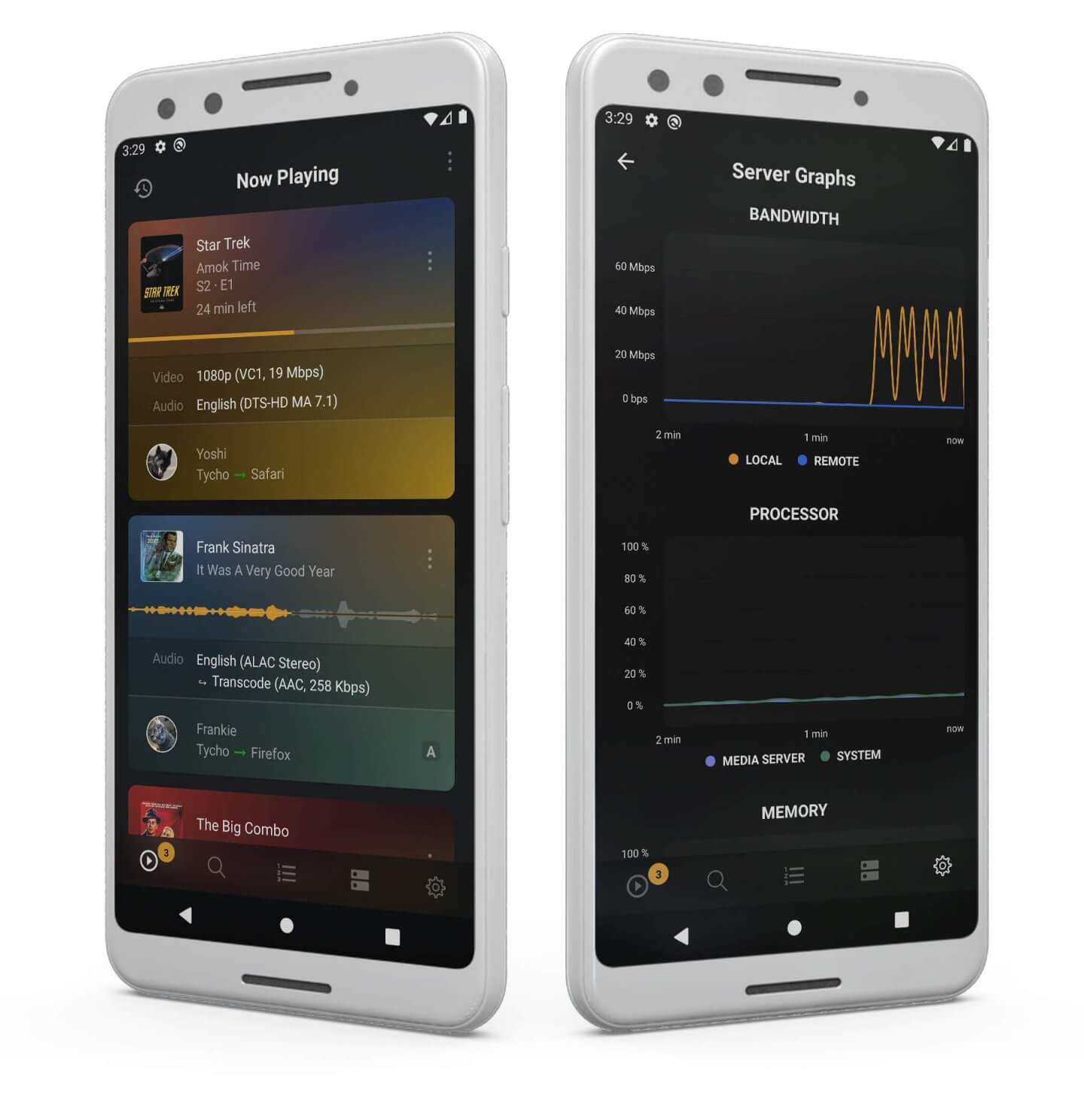

Two heatset threaded inserts are used to fix the stand to the bezel. If your bridging is very reliable you could also print the bezel without supports, if not I would recommend supporting the rectangular cutout for the rotary encoder (and using support blockers elsewhere). The covers are of course cosmetic and could be left off but I also found sliding them in and out of the back cover a few times can help if they are a little tight initially.Įverything except the frame bezel can be printed without supports. I have found that even different filaments can make a difference between this fitting and not. The IO cover and USB cover parts which slid into the back cover are quite thin and slide into a narrow slot. You will however need to have your printer fairly dialed in or otherwise go into the Onshape model and adjust some of the components. All of my models were printed in eSUN PLA-ST however any standard material like PETG, ASA or ABS should work fine. They are used for alignment reference only and are not present in the exported STL files.
#Github plexamp full#
Please consult the above links for full details on these models. This CAD model includes third-party models subject to their own licenses for aligning the components. This model is provided under the CC BY-SA 4.0 license. They are all in the correct orientation for printing. A full CAD model is available in Onshape here:Įxported STL versions of these files can be found in the stl directory of this repository. The enclosure to holds a Raspberry Pi 4, IQudio DAC+, the Raspberry Pi Touchscreen and a rotary encoder. This project is not affiliated with Plex or Plexamp in anyway. It includes a 3D printable enclosure and some software components which can be combined, with the off the shelf hardware to build the unit. I wanted a self-contained streamer for Plexamp which would let me navigate and select my music, control tracks with a rotary encoder and output to a reasonably good headphone amplifier, this project is the result.


 0 kommentar(er)
0 kommentar(er)
